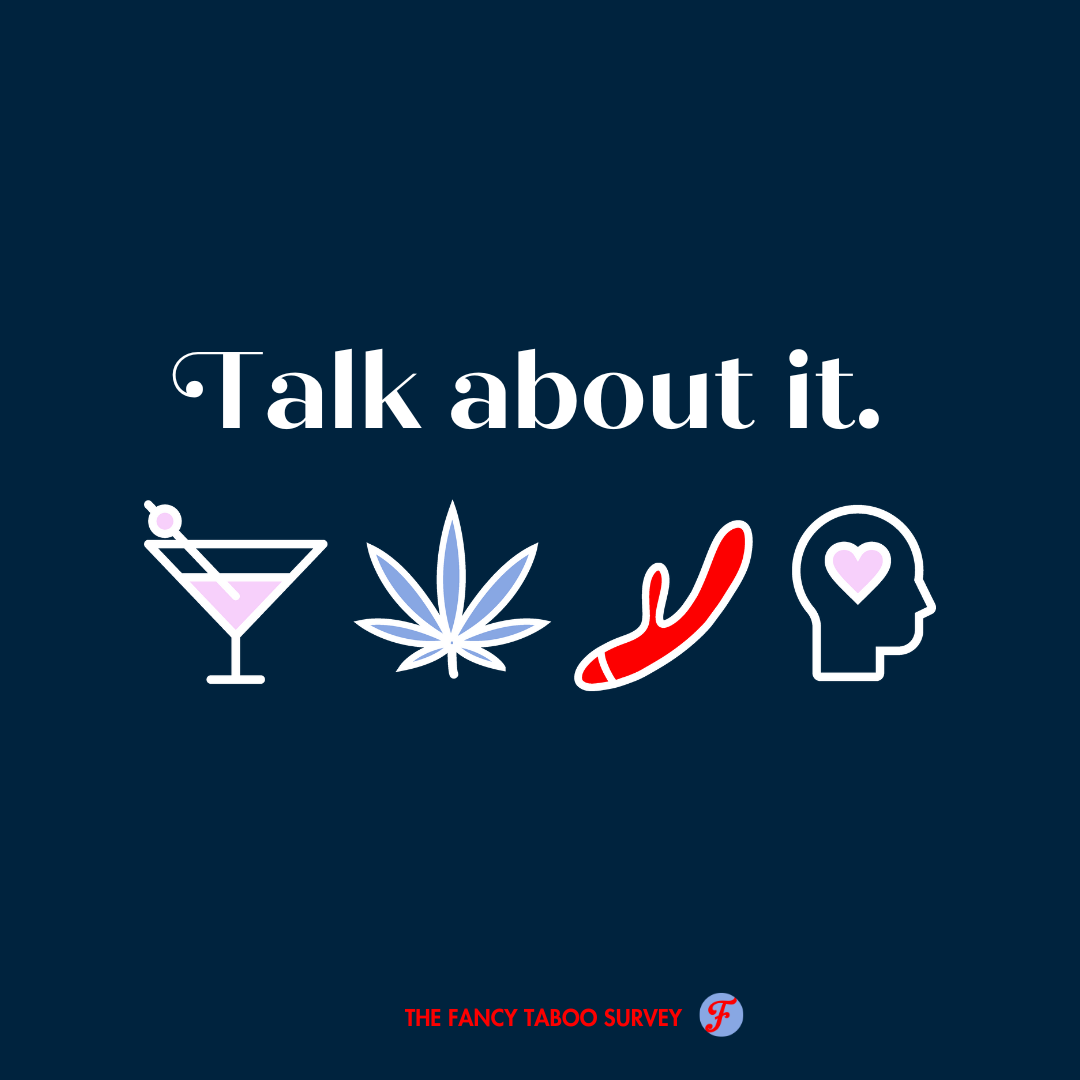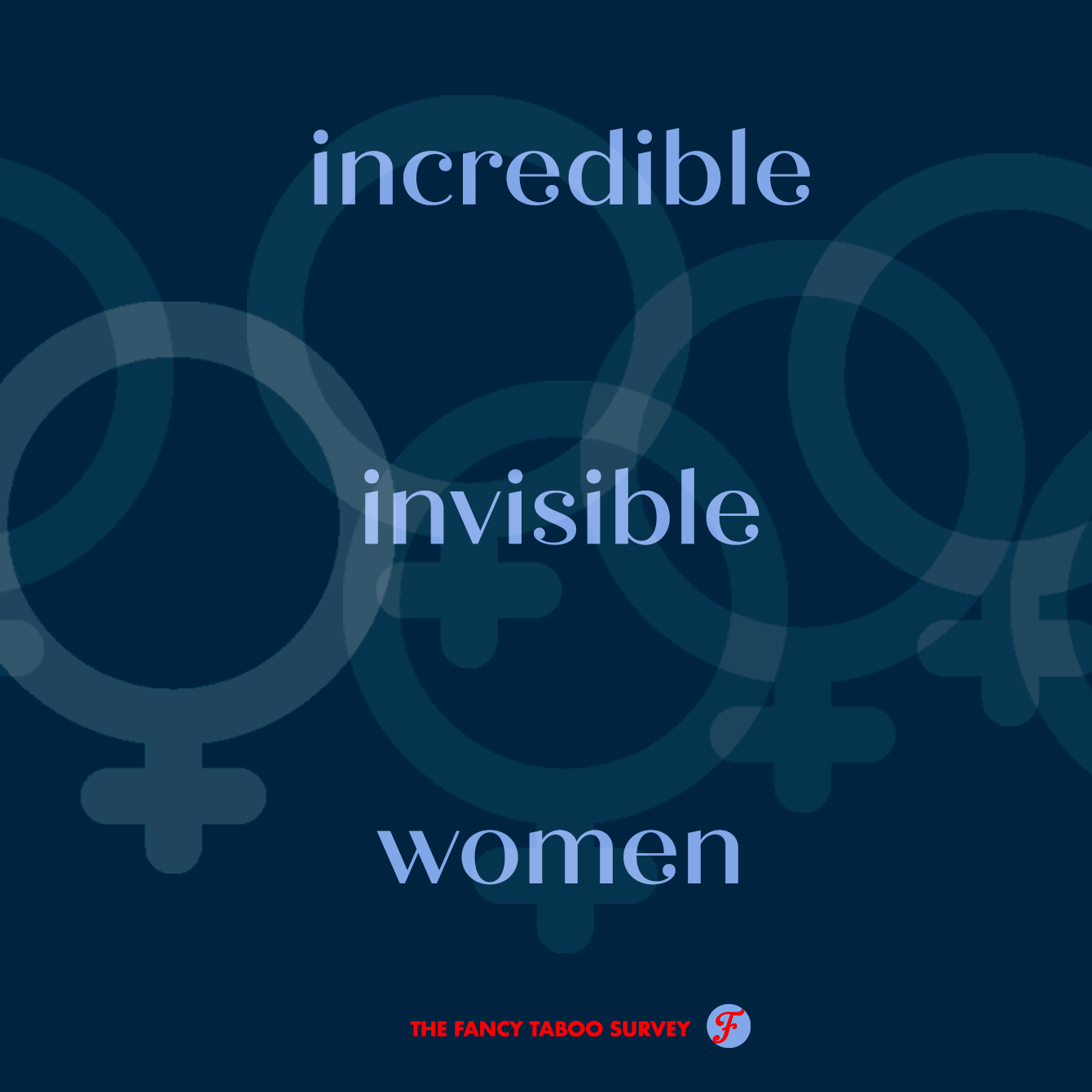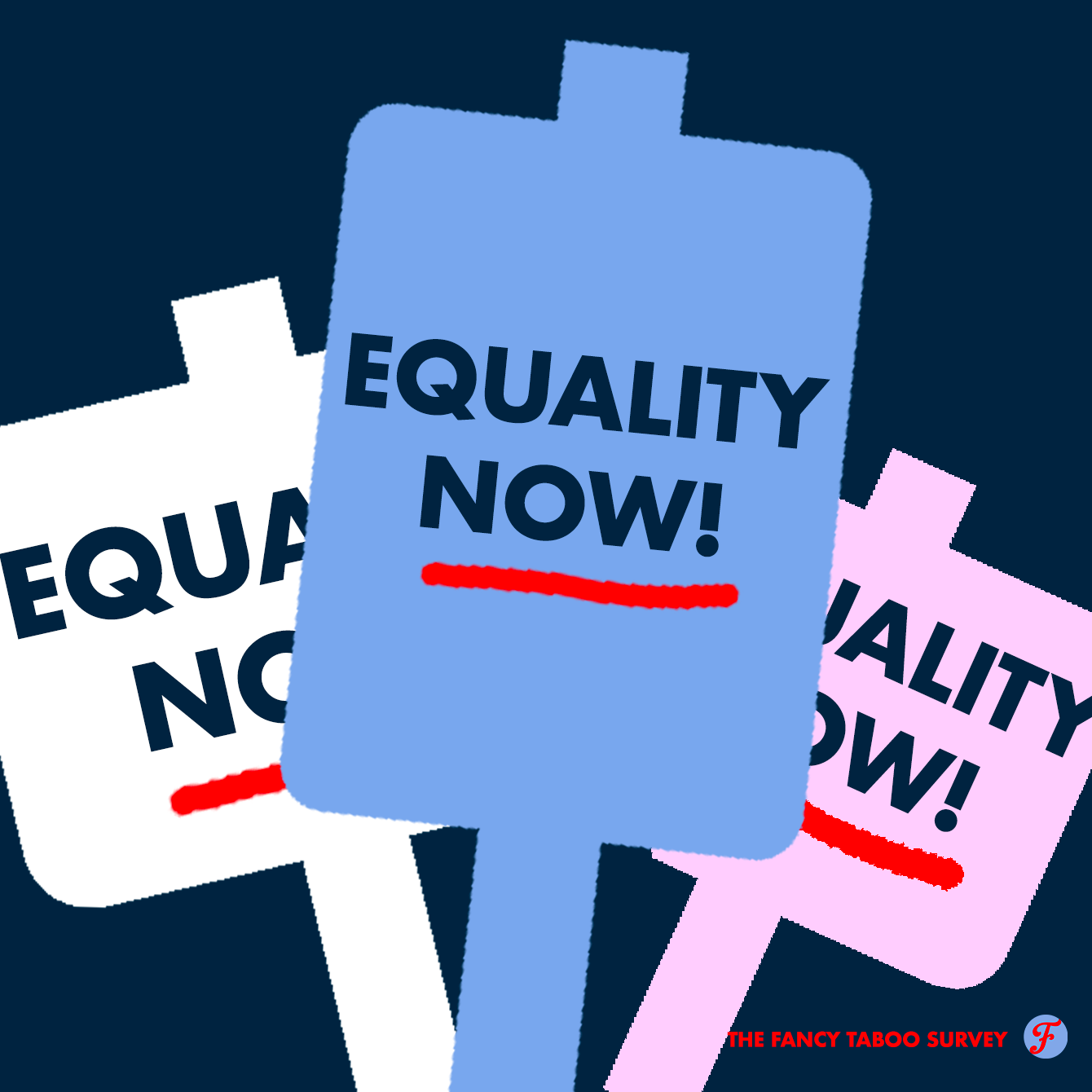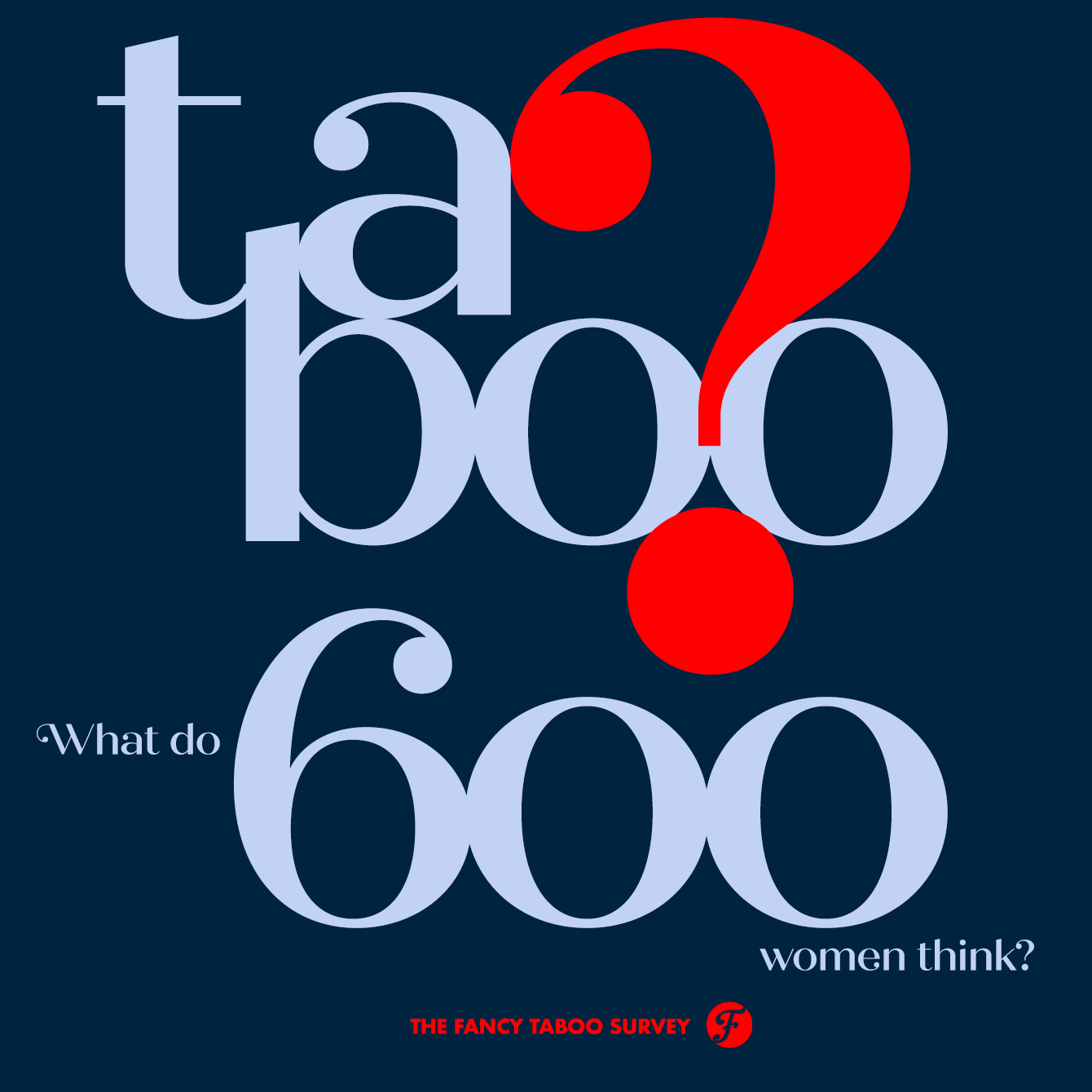
How to Help Women Feel Comfortable Sharing Taboo Purchases
Our research shows most women are talking about taboo purchases with people in their social networks. But to reach the women who would benefit most, brands need to make it easier for women to talk openly about their experiences. The first step might be starting and facilitating those general conversations so that women can ease into sharing more personal details.

Join Women’s Conversations to Create Better Ads
Women often don’t see themselves in the body types, clothing choices, careers, lifestyles, emotions, and more presented in ads. The bar isn’t going to raise itself. It’s up to us. Can’t we create ads that resonate more? As far as we’re concerned, an ad hasn’t done its job unless the women in the audience can say, “I feel seen.”

Sex, sexuality, and sex products in advertising
We know sex is a powerful force in people's lives. In some ways, it makes sense advertisers jumped (and continue jumping) to use it to sell products and services. But does sex sell?
We have two opposing forces at play. Advertising uses women’s sexuality, a Frankenstein version, to sell products and services. Yet women have little ad space for exploring their sexuality authentically. In some ways, how women feel about sex, sex toys, sexual identity, pleasure, desire, and more is absent in advertising. It’s implied, contorted, and avoided in messaging. Instead, women are often face to face with a reductionist version of their sexuality, with them as objects for men’s desire.

Where Have All the Women Gone?
We cannot accurately portray women of any age without hearing and seeing them. Advertisers must seek to understand women, commit to accurate representation, and then roll up their sleeves and do the work.
As our research revealed, women over 40 are thriving. They feel wiser, sexier, more confident, more powerful, more energized, and, paradoxically, younger than ever before, and yet they do not see their experience in ads. Often, ads targeting them focus on products for aging, slowing down, or desperately seeking ways to look and feel younger.

Ending Gender Discrimination in Advertising
To advertise to women effectively, you need to understand their context. For many women, discrimination and gender disparities are realities they’ve faced and continue to face. These experiences are sources of pain, stress and are part of their daily lives. Advertising is more effective when it solves a problem, and many women have a big problem at work, at home, and just living in society.

How Advertising Can Help Solve Gender Equality
Advertising has a problem, and women want a solution. Women want better on-screen representation—to see themselves in ads the way they see themselves in life. And they want brands to wield their enormous power and influence to change society for the better. Our attitudinal segmentation research explores how women feel about advertising and what they want from brands. If advertisers want to get it right, they have to start listening.

Harness women’s purchasing power and financial influence
Advertising’s biggest miss is failing to recognize the purchasing power of women. Here’s how you do it right.

600 women will tell you what they really want from brands and how to talk taboos
Advertising has failed to reach women since its inception. Call it stereotypes. Call it too few women steering the ship. But either way, women want you to call it like it is. Women are tired of brand silence on the issues that matter most. Our taboo research proves it.
